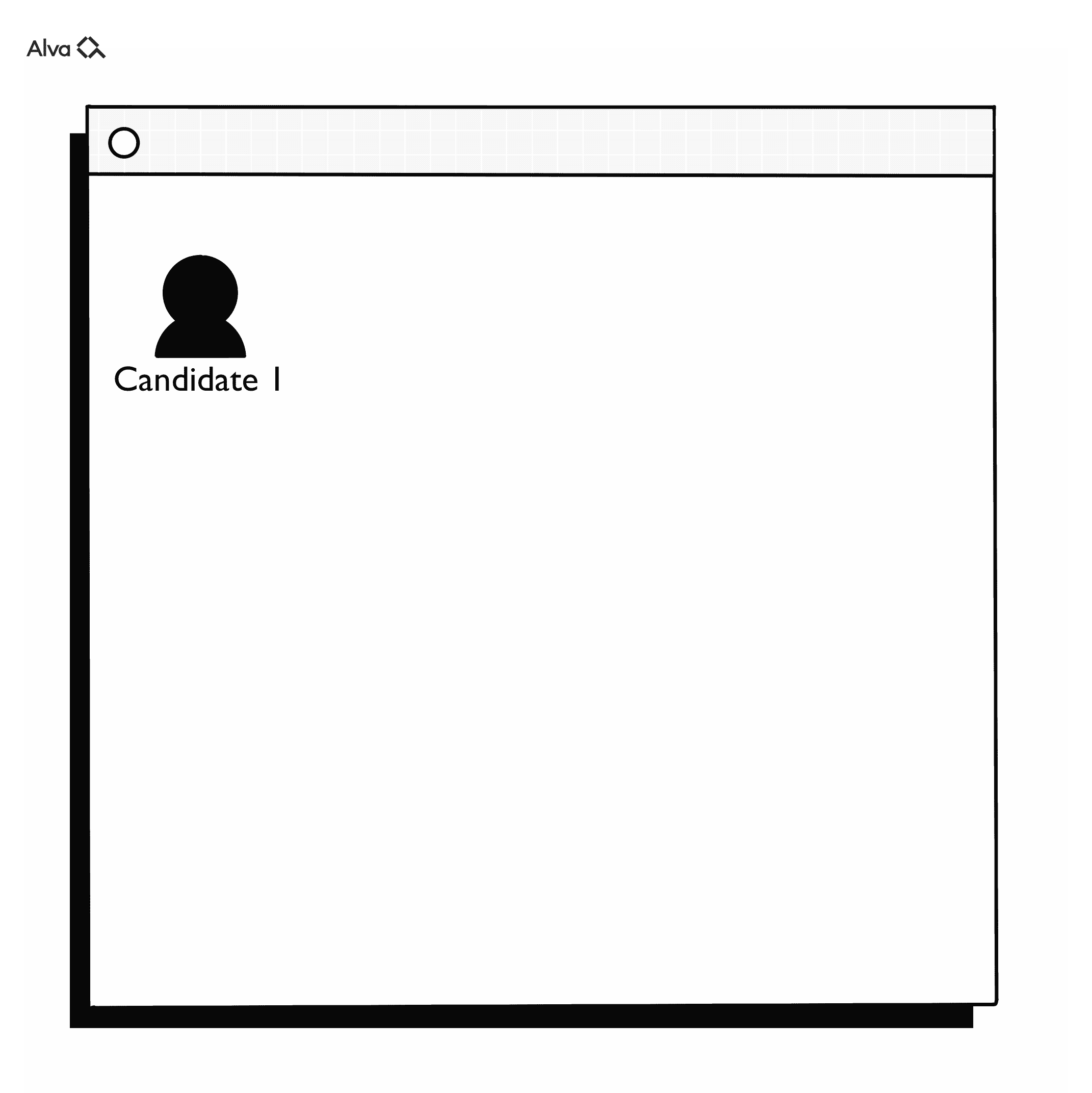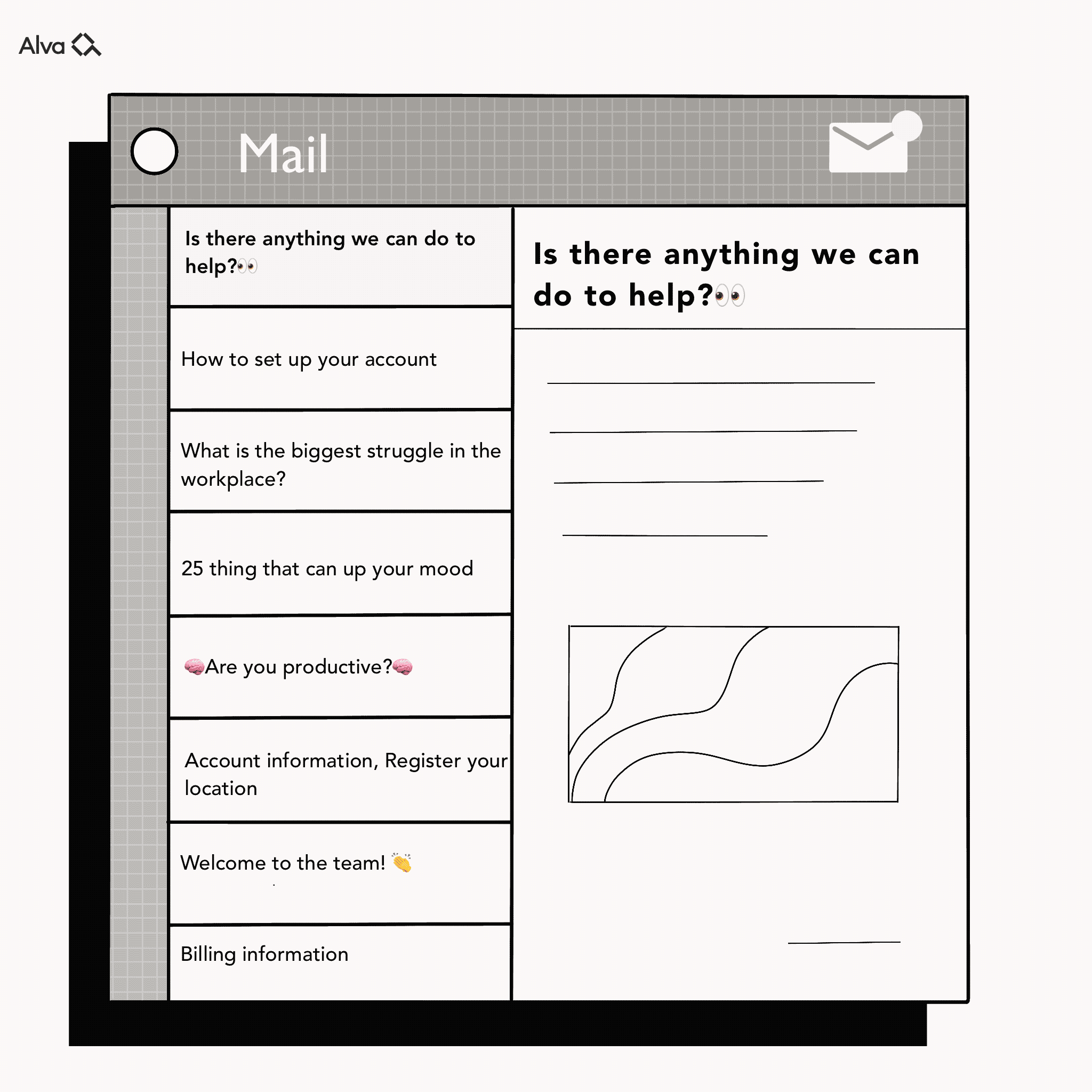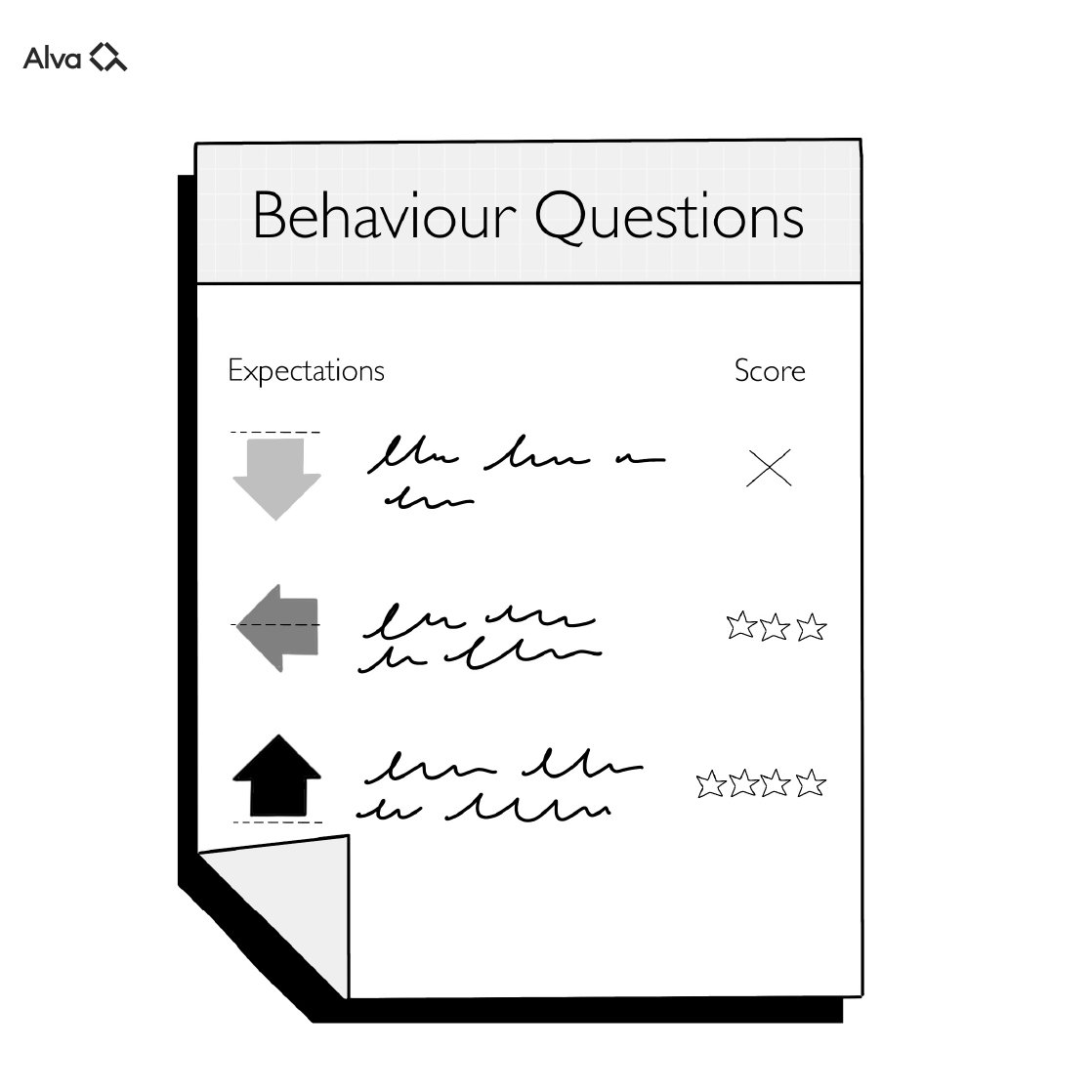As with all work, there will be some ebb and flow in work load. Every industry is different, but November and December are often busy periods within recruitment. You want to close all your processes before Christmas to not risk losing momentum over the holidays. And surprise, surprise, but that period is just around the corner.
Keeping high quality while trying to survive a peak in recruitment is no easy task. With the race on to secure talent and fill positions, how can we know that we’re really digging into what is helping us to bring in the best talent - and not lose out because our processes are taking too long? We need to make sure we focus on the right things while cutting some corners.
But only the right corners.
1. Build your HR playbook
To handle a busy period, one must rely on structure and processes. Playbooks are used in business as “a manual that describes a company's policies, workflows and procedures. It explains how the business operates and the role each person plays. It answers questions such as what the company does, how, why, who does what and when in one well-organised document.” They list Company, Operations, Sales and Channels, but Indeed’s list misses out HR!
HR is as strategic a player as any other team; and a well-defined process is the key to success.
Without structure, It’s very easy to get stuck in a rut of over-checking because we feel deeply the responsibility of our position as gatekeepers - but all-too-often, these checks are just adding to noise - that is, making hiring more complex and messy, when it could just be simple.
If you’re always feeling busy, you’re running out of time to get those hires actioned, let’s start with deep diving into how you can trim your playbook and save time (without losing quality of course).
2. The personal - or cover - letter
How many hours have you spent reading personal letters? A personal letter is time consuming for both candidates and recruiters, and it doesn’t add much value to your process. Candidates tend to write quite similar things and that makes it hard to use the personal letter as a selection method.
Solution: It is time to stop asking for personal letters! It won’t help you make better choices, it will just fill your calendar with work.
3. CV screening
CV screening is laborious; even when screened by ATS bots, you run the risk of simply automating biased decision making processes, making decisions more likely to be biased against women, people whose names and photos are different from the dominant ethnic group and trans-groups, ruling out applicants who’ve taken career breaks or have the temerity to make a typo.

Solution: Replace your CV screening with either psychometric testing or well-defined screening questions in your ATS. Both methods are quicker, more objective and more accurate in assessing who is likely a better match for the role.
4. Too many forms of testing and analysis
At Alva, we are all for psychometric testing, but only when it is done right. Using validated and efficient tests are likely to increase your accuracy. However, it isn’t uncommon to add a long line of different tests in a process. Often what that will do is take time from the candidate but without adding new information. More tests often means measuring the same things over and over again, but from different angles and with different colourful reports that tries to convince you that you now have all the answers. Spoiler alert, more isn't always merrier. A simple logic test and personality test is all you need to find out who to take forwards to the next stage; two, three or even four rounds of tests are simply adding to the noise (and maybe making your test vendors a nice profit).
Solution: replace your large test package with a one-step psychometric test that is based on hard research, is validated and efficient and that measures the most important aspects (personality and logic ability).
5. Lengthy reference checking (or doing them at all)
References are checked so that we feel more secure in our decisions - it’s like we’re not really sure if we can trust our judgements.- but given that many countries forbid negative references to be given, or some people wilfully write bad references, can a reference really give you the reassurance you’re looking for? According to studies, there isn’t a very strong overlap between references and job performance. So even if it creates a sense of control to do them, you are not really spending your time wisely here.
Solution? If you feel that you want more insight, consider using a background check agency , but for ‘how can I really know this person?’, you might want to think about how you’re screening people at the first round, rather than relying on reference checks.
If you want to be smart about your corner-cutting, perhaps dare to completely cross out reference checks?
6. Individual feedback to anyone who doesn’t make the final interview round
In some countries, feedback at every stage - certainly after a day at a recruitment centre - is expected. In others, you’re lucky to get an acknowledgment if you even attended. You should always strive to provide feedback, but you need to be smart about it. Sitting in a long, individual feedback session to talk about test results might be fun, but not necessary. If you’re using a test provider whose mission and values reflect your standards and vision for candidate experience, they should be taking care of that for you by providing candidates with automated feedback from their first test assessment. Unless it’s senior leadership, personalised feedback should be preserved for people who reach final interview, as they will have spent a lot of time with you, and here your feedback can make a positive impact on their job-search.
Solution: assess what your test provider is offering in terms of immediate, automated feedback. If they aren’t able to offer services that will help to minimise your feedback work, automate an email flow, using kind words but letting candidates know that feedback won’t be offered as standard until final interview stage.
Nervous? Speak with marketing who should be willing to help you to communicate your brand’s mission and voice, and help set up the automations.
7. Too many interviews
Far too many organisations get stuck in the interview trap. Conducting interview after interview simply to make sure you really are making the right decision (and then are surprised when candidates drop off after losing interest or getting other offers). Unless you’re hiring for a C-Suite position, two interviews is enough! Why? Interviews aren’t just about managing the risk around making decisions - each and every step of your playbook should fulfil a clear purpose, such as ‘understanding if a candidate’s skill set really can make a difference here’.

Solution: only two interviews!! Just make sure to ask a few, but on-point questions, and you can keep the interviews shorter as well.
- Interview one is about assessing the candidate’s soft skills using situational questions.
- Interview two is where you dig deeper into readiness and technical skills.
This might sound basic, but approximately 85% of hiring managers rely on “gut feelings” and don’t structure their interviews, leaving themselves wide open to miss diverse talent, to asking inappropriate questions and even lawsuits.
At the most basic level, however, a structured interview with pre-designed questions and rubrics for what comprises a poor, a good and an outstanding answer will help you to make decisions based on the answers that the candidate gives you rather than if you like their shirt or once worked at the same company.
8. Extended decision making discussions
When it is time to make the final decisions, it is common that things drag out. It is scary to make that final call and decide who to hire (especially if the hiring manager is new to this). You most certainly do not have time to keep all candidates warm until your hiring manager has made up their mind.
You need a decision and ink on paper ASAP.
Solution: Before starting your process, create a simple decision making matrix. Decide how each step of the process should weigh against the others. Once all the results are in you just add things to your matrix and, voilá, you have a data-driven ranking list over your candidates. You just structured the crap out of that decision making anxiety!
The 5 processes you cannot afford to miss
Hey, we’re not all just about cheating here! Some things in a recruitment process are too important to miss. Many of the most important processes in hiring happen before a job ad goes live. When we’re hiring we’re trying our best to make sure that our organisation has the right talent in the right job so that both organisation and person can thrive. Making that happen isn’t magic - it’s simply down to making sure you’re systems are up to scratch:

- Always take time to create a thorough job description. It will always be worth spending some extra time here to know what you are looking for and to know what good looks like.
- Always take the time to make sure your job ad is using inclusive language
- Always prepare your pitch about the role. You need to be able to sell the position and explain why this is a fantastic opportunity (without lying, it will come back and bite you…)
- Always have your candidate communication templates up-to-date to ensure swift communication. Ideally, set up automated emails to candidates to keep the talent pool oxygenated, warm and informed.
- Always prepare your interview questions. Without predefined questions with anchors to help you judge the answers, your interviews risk being the weakest link in the process.
Can't make any changes right now? Never fear!
We hear you! When swamped with work, it is not easy to restructure to create more time for the future.
If there is only one thing you can do, note down every blocker, every frustration and road-bump and every time you wonder ‘surely there’s a system for this?!’.
Look ahead to when time is a little - just even a little - quieter, so you can start to assess how much time and effort is going into some these time-wasting processes. And keep in mind that it is not about changing everything to create perfection. Rather, it is about starting small and doing minor improvements and iterations all the time.
Good luck cutting corners without losing quality! You got this!
(and if you want to start structuring your interviews, check out our free template 👇)







